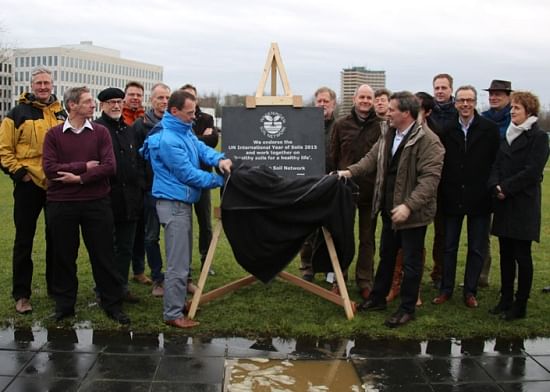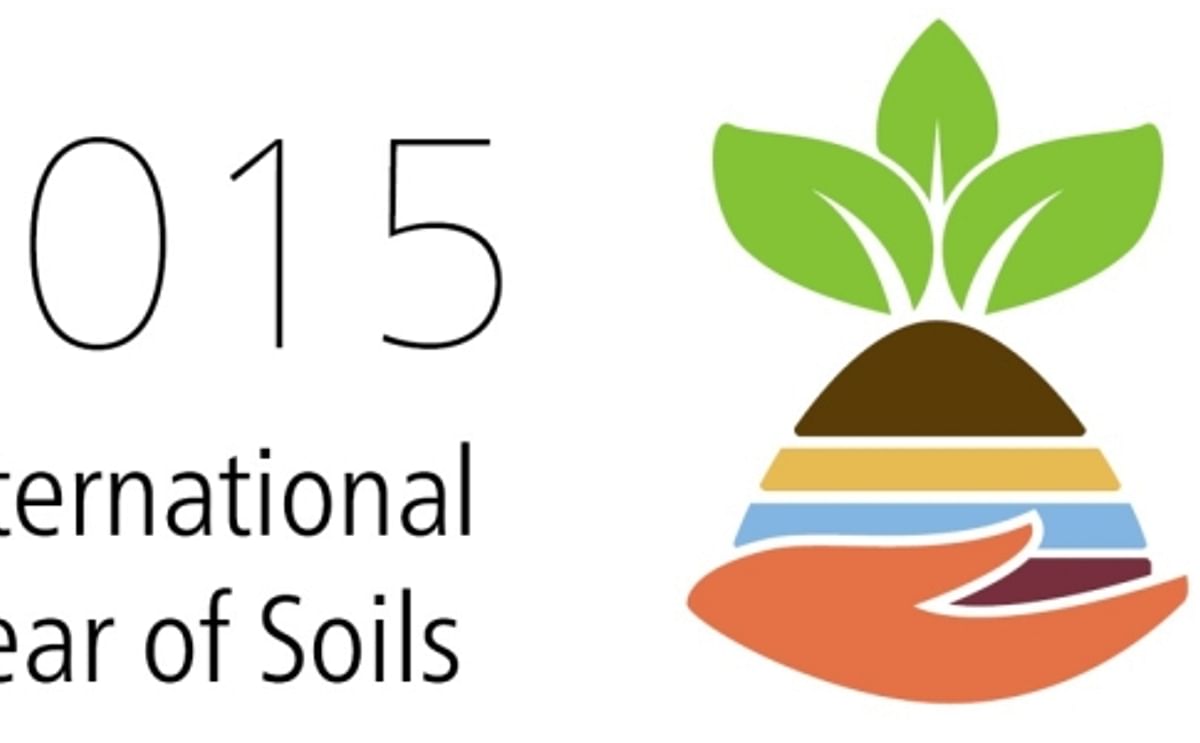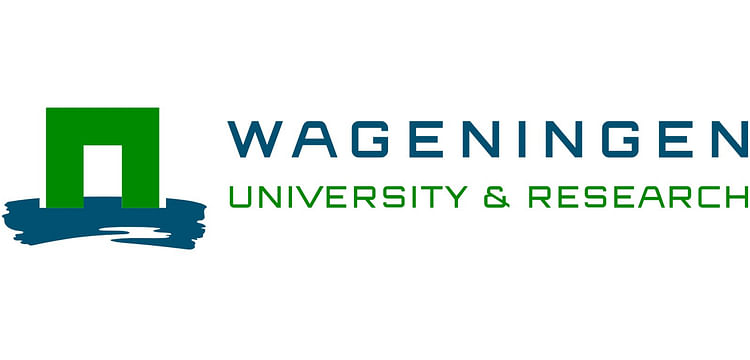The soil expertise found at Wageningen enjoys international recognition. So it is only fitting that numerous activities in 2015, the International Year of Soils, are to take place in Wageningen. To kick off the year, various Wageningen institutions and organisations laid a stone in the Walk of Fame on campus on Monday 26 January. This gesture symbolises their collaboration in the Wageningen Soil Network, which is supporting the International Year of Soils.
Gerben Mol from Alterra Wageningen UR is chairman of the Wageningen Soil Network working group and unveiled the stone with the following words, ‘The United Nations has declared 2015 the International Year of Soils in order to draw attention to the importance of a healthy soil for the quality of life. Various Wageningen institutions and organisations have now joined forces. We will be collectively contributing to the International Year of Soils as members of the Wageningen Soil Network. The participants currently include Wageningen University, Alterra and other Wageningen UR institutions, ISRIC World Soil Information, the Centre for Soil Ecology and the Netherlands Institute of Ecology (NIOO-KNAW).’

Professors and team leaders from Wageningen organisations and institutions unveil the stone in commemoration of the International Year of Soils 2015 together with Gerben Mol, Chairman of the Wageningen Soil Network, and Gerard Korthals, Secretary of the Wageningen Soil Network.
Soil sample
Before the stone was laid, filmmaker and ecologist John D. Liu, also visiting fellow at NIOO-KNAW, and Prof. Dr. Louise Vet, Director of the NIOO-KNAW, took a sample of the soil in that exact location. Various laboratories at the NIOO-KNAW and Wageningen UR are currently examining that soil sample. The results on the life and chemistry in this soil are expected shortly. This soil is sure to be full of life! Gerard Korthals from the Centre for Soil Ecology and secretary of the working group explains, ‘The soil in Wageningen is very interesting because various types of soils are found here. This area is home to, for example, peat, river clay and sandy soil, each with its own unique soil life and use. This made Wageningen the most logical location for the former Agricultural College (Landbouwhogeschool), the predecessor to Wageningen UR, at the end of the 19th century.’

John D. Liu, filmmaker and ecologist, taking a soil sample together with Dr Louise Vet, professor and Director of NIOO-KNAW, at the location where the Wageningen Soil Network stone is laid.
Better utilisation of soil
Today, in 2015, the soil expertise found in Wageningen is internationally renowned. Whether it comes to describing the physical characteristics of soil, the relationship between soil and climate, improving soil fertility or gaining insight into soil life, Wageningen institutions provide the insights desired by local and global parties in order to improve the use of the soil on behalf of current and future generations.
Activities in 2015
Participants in the network will be organising various activities throughout the year that will demonstrate Wageningen soil expertise. This includes a number of conferences for scientists, policy makers and the business community, as well as activities for the general public. Gerben Mol adds, ‘The Wageningen Soil Network will be offering a special campus tour to guests. And one of the participants, ISRIC, is starting the Virtual World Soil Museum this year, which will put online not only the 80 profiles of the physical museum, but also the 920 profiles that are currently in the basement, i.e. the entire collection.’
Activities will also be organised outside the campus, such as ‘Wageningen' being represented during Global Soil Week in Berlin and collaborations with media partners on ‘citizen science’ projects related to soil.
A list of activities currently being organised by the Wageningen Soil Network can be found at www.wageningensoilnetwork.nl










